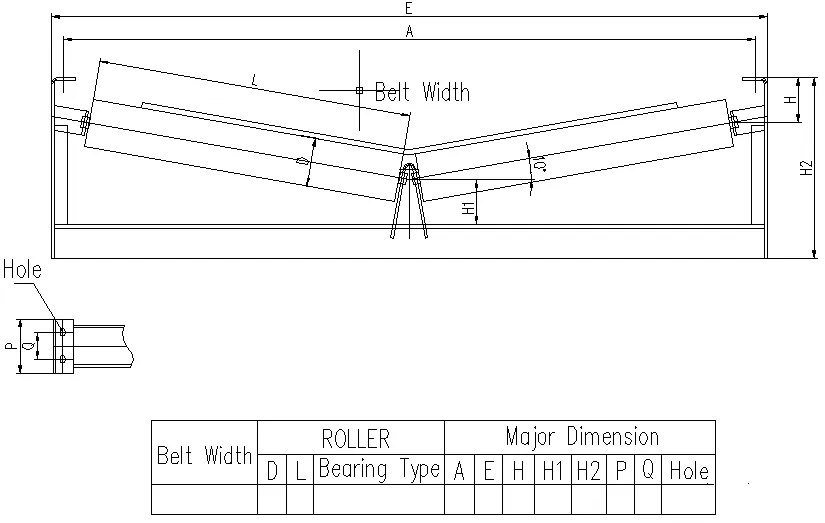 Afrikaans
Afrikaans  Albanian
Albanian  Amharic
Amharic  Arabic
Arabic  Armenian
Armenian  Azerbaijani
Azerbaijani  Basque
Basque  Belarusian
Belarusian  Bengali
Bengali  Bosnian
Bosnian  Bulgarian
Bulgarian  Catalan
Catalan  Cebuano
Cebuano  Corsican
Corsican  Croatian
Croatian  Czech
Czech  Danish
Danish  Dutch
Dutch  English
English  Esperanto
Esperanto  Estonian
Estonian  Finnish
Finnish  French
French  Frisian
Frisian  Galician
Galician  Georgian
Georgian  German
German  Greek
Greek  Gujarati
Gujarati  Haitian Creole
Haitian Creole  hausa
hausa  hawaiian
hawaiian  Hebrew
Hebrew  Hindi
Hindi  Miao
Miao  Hungarian
Hungarian  Icelandic
Icelandic  igbo
igbo  Indonesian
Indonesian  irish
irish  Italian
Italian  Japanese
Japanese  Javanese
Javanese  Kannada
Kannada  kazakh
kazakh  Khmer
Khmer  Rwandese
Rwandese  Korean
Korean  Kurdish
Kurdish  Kyrgyz
Kyrgyz  Lao
Lao  Latin
Latin  Latvian
Latvian  Lithuanian
Lithuanian  Luxembourgish
Luxembourgish  Macedonian
Macedonian  Malgashi
Malgashi  Malay
Malay  Malayalam
Malayalam  Maltese
Maltese  Maori
Maori  Marathi
Marathi  Mongolian
Mongolian  Myanmar
Myanmar  Nepali
Nepali  Norwegian
Norwegian  Norwegian
Norwegian  Occitan
Occitan  Pashto
Pashto  Persian
Persian  Polish
Polish  Portuguese
Portuguese  Punjabi
Punjabi  Romanian
Romanian  Russian
Russian  Samoan
Samoan  Scottish Gaelic
Scottish Gaelic  Serbian
Serbian  Sesotho
Sesotho  Shona
Shona  Sindhi
Sindhi  Sinhala
Sinhala  Slovak
Slovak  Slovenian
Slovenian  Somali
Somali  Spanish
Spanish  Sundanese
Sundanese  Swahili
Swahili  Swedish
Swedish  Tagalog
Tagalog  Tajik
Tajik  Tamil
Tamil  Tatar
Tatar  Telugu
Telugu  Thai
Thai  Turkish
Turkish  Turkmen
Turkmen  Ukrainian
Ukrainian  Urdu
Urdu  Uighur
Uighur  Uzbek
Uzbek  Vietnamese
Vietnamese  Welsh
Welsh  Bantu
Bantu  Yiddish
Yiddish  Yoruba
Yoruba  Zulu
Zulu belt conveyor head pulley
Understanding the Belt Conveyor Head Pulley A Critical Component in Material Handling Systems
Belt conveyors are widely used in various industries for efficiently transporting materials over distances. They consist of several key components, and among these, the head pulley plays a vital role in ensuring the effective operation of the conveyor system. Understanding the function and importance of the belt conveyor head pulley is essential for anyone involved in material handling, logistics, or maintenance within industrial settings.
What is a Belt Conveyor Head Pulley?
The head pulley, often referred to as the drive pulley, is located at the discharge end of the conveyor system. Its primary function is to provide the necessary tension and movement to the conveyor belt. When the motor drives the pulley, it creates rotational force that pulls the belt along the conveyor system, allowing it to transport materials from one point to another. The design and functionality of the head pulley significantly impact the overall efficiency and reliability of the conveyor system.
Key Features of Head Pulleys
1. Material and Construction Head pulleys are typically constructed from robust materials such as steel or heavy-duty composites to withstand the wear and tear from continuous use. They can also be coated or equipped with rubber lagging to enhance grip and reduce slippage.
2. Sizes and Specifications Head pulleys come in various diameters, lengths, and configurations depending on the specific requirements of the conveyor system. The diameter of the pulley affects the belt tension and the belt’s ability to carry loads. It's essential to choose the right size for optimal performance.
3. Type of Pulley There are typically two types of head pulleys smooth and crowned. Smooth head pulleys provide a flat surface, while crowned pulleys are slightly convex in shape, which helps align the belt and keep it centered during operation. The choice between the two largely depends on the application and the specific materials being transported.
The Role of the Head Pulley in Conveyor Operation
The head pulley has several critical functions in a belt conveyor system
belt conveyor head pulley

- Drive Mechanism As the key driving component, the head pulley is directly connected to a motor and essentially serves as the point where energy is transferred from the motor to the conveyor belt. The performance of the head pulley directly correlates with the efficiency of the entire conveyor system.
- Tension Control Proper tension in the conveyor belt is crucial for preventing slippage and ensuring the effective transportation of materials. The head pulley helps maintain this tension, which is vital for the smooth operation of the conveyor. Inadequate tension can result in belt misalignment and increased wear, while excessive tension can lead to damage or failure of the belt.
- Material Discharge As materials reach the head pulley, they are discharged onto the designated area or container. The design of the head pulley assists in the efficient offloading of materials, ensuring minimal spillage and loss of product.
Maintenance Considerations
To ensure the longevity and efficiency of the belt conveyor head pulley, regular maintenance is essential. Some key maintenance practices include
- Inspection Regularly inspect the head pulley for signs of wear, misalignment, or damage. Early detection of issues can prevent extensive damage and costly repairs.
- Cleaning Keeping the head pulley clean from debris and material build-up can improve its efficiency and performance.
- Lubrication Proper lubrication of bearings and moving parts of the head pulley can reduce friction and prolong its lifespan.
Conclusion
In summary, the belt conveyor head pulley is a critical component that significantly influences the efficiency and performance of conveyor systems. Its role as the drive mechanism, tension control device, and material discharge point is vital in various industrial applications. Understanding its function, features, and maintenance needs can help ensure the reliable operation of material handling systems, ultimately contributing to increased productivity and reduced operational costs. Whether you are designing a new conveyor system or maintaining an existing one, paying attention to the head pulley is essential for optimal performance in the material handling process.
-
Revolutionizing Conveyor Reliability with Advanced Rubber Lagging PulleysNewsJul.22,2025
-
Powering Precision and Durability with Expert Manufacturers of Conveyor ComponentsNewsJul.22,2025
-
Optimizing Conveyor Systems with Advanced Conveyor AccessoriesNewsJul.22,2025
-
Maximize Conveyor Efficiency with Quality Conveyor Idler PulleysNewsJul.22,2025
-
Future-Proof Your Conveyor System with High-Performance Polyurethane RollerNewsJul.22,2025
-
Driving Efficiency Forward with Quality Idlers and RollersNewsJul.22,2025





























